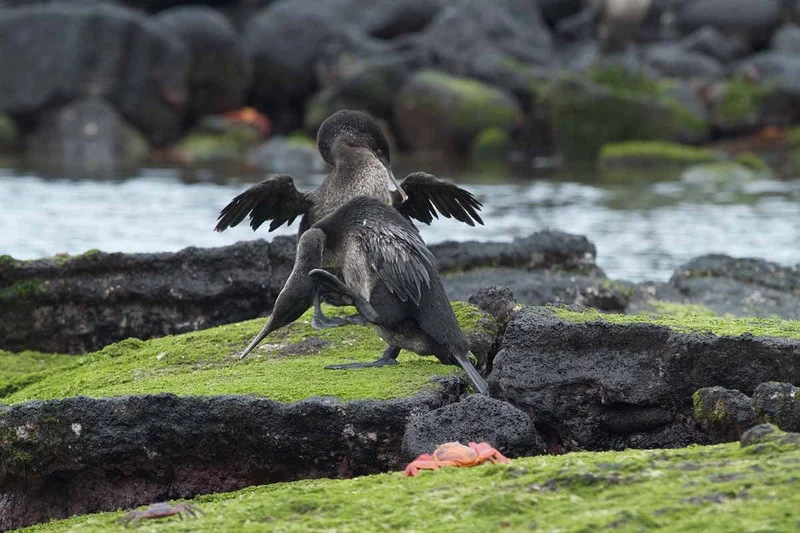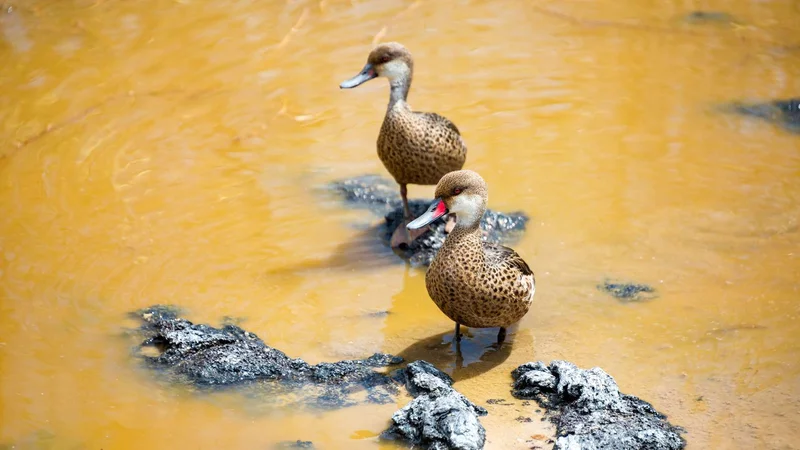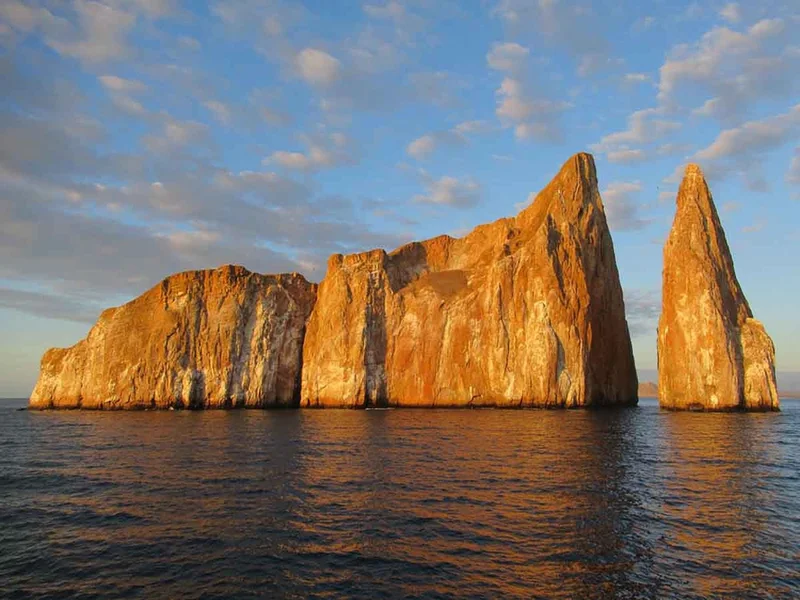
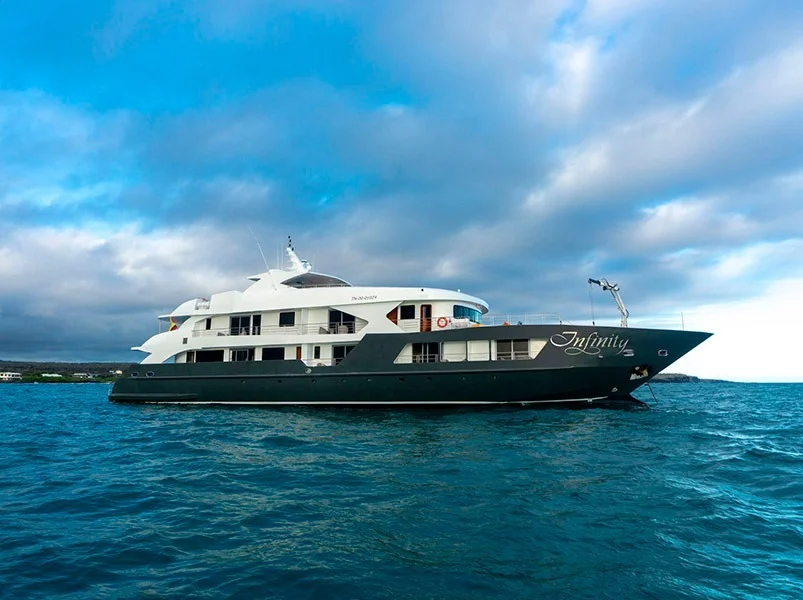
Welcome to the enchanting Galapagos Islands, where adventure awaits you at every turn.
Get ready for an unforgettable journey through this remarkable archipelago with our 5 day Galapagos cruise. Immerse yourself in the natural wonders of the Galapagos, encounter unique wildlife, and create memories that will last a lifetime.
5 Day Galapagos Itinerary
Day 1: Santa Cruz Island: El Chato Reserve
Your Galapagos adventure begins as you arrive on the stunning Santa Cruz Island. Meet your friendly guides outside customs, and let the excitement build as you embark on a tour like no other. Our first stop is the renowned El Chato Reserve, where you'll have the opportunity to observe giant tortoises in their semi-wild habitat. Keep an eye out for the fascinating wildlife that calls this reserve home, including Darwin's finches, yellow warblers, and Galapagos rails.
Day 2: Santa Cruz Island: Dragon Hill & Bachas Beach
Day 3: Floreana Island: Post Office Bay & Cormorant Point
Day 4: Española Island: Suarez Point & Gardner Bay
Day 5: San Cristobal Island: Interpretation Center
On the final day of your Galapagos cruise, we'll visit San Cristobal Island and explore its fascinating attractions. Begin your morning at the Interpretation Center, which provides a comprehensive overview of the islands' natural and human history. Learn about conservation efforts and the importance of protecting the unique wildlife and natural environment of the Galapagos. Enjoy the outdoor stadium, audio-visual equipment, and meeting rooms available at the center. After the excursion, we'll take you to the airport for your flight back to the mainland, carrying with you the memories and experiences of your incredible 5 day Galapagos cruise.
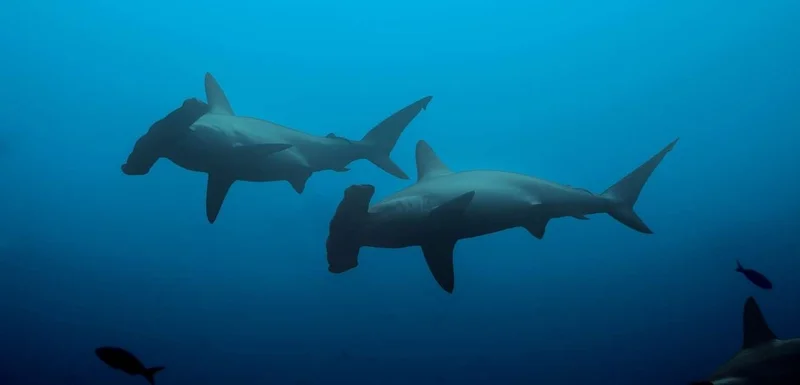
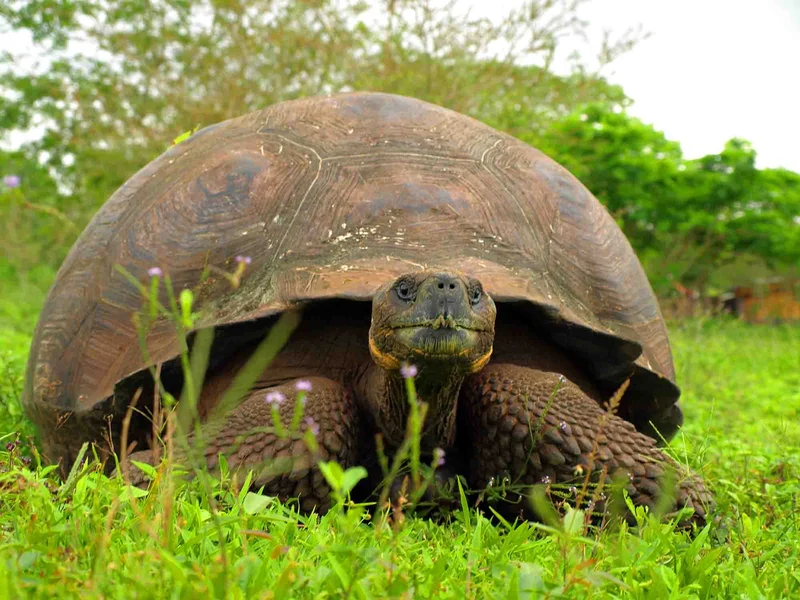
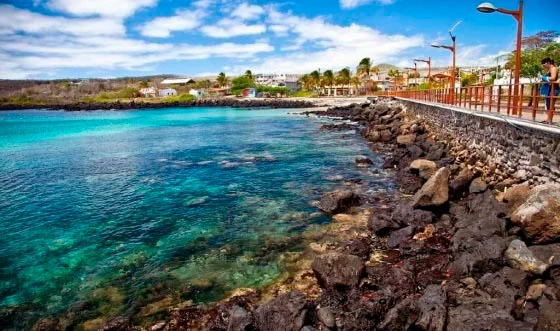
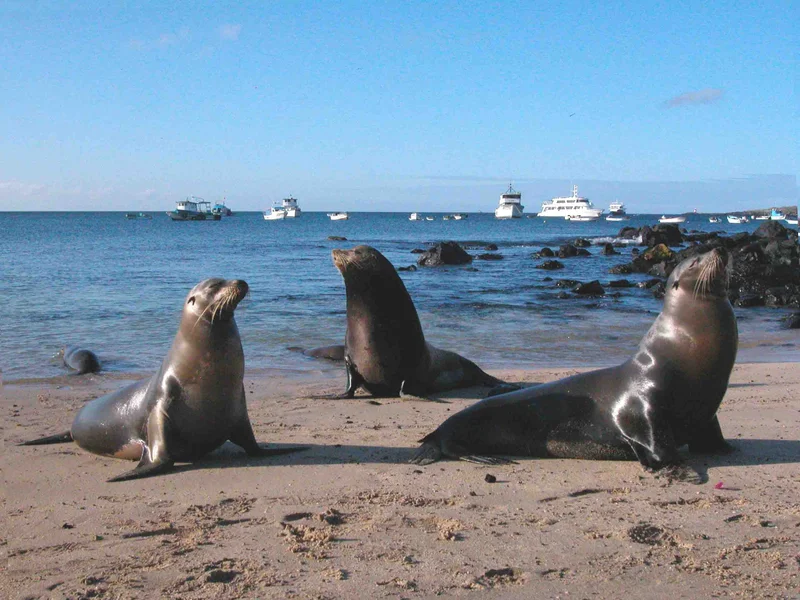
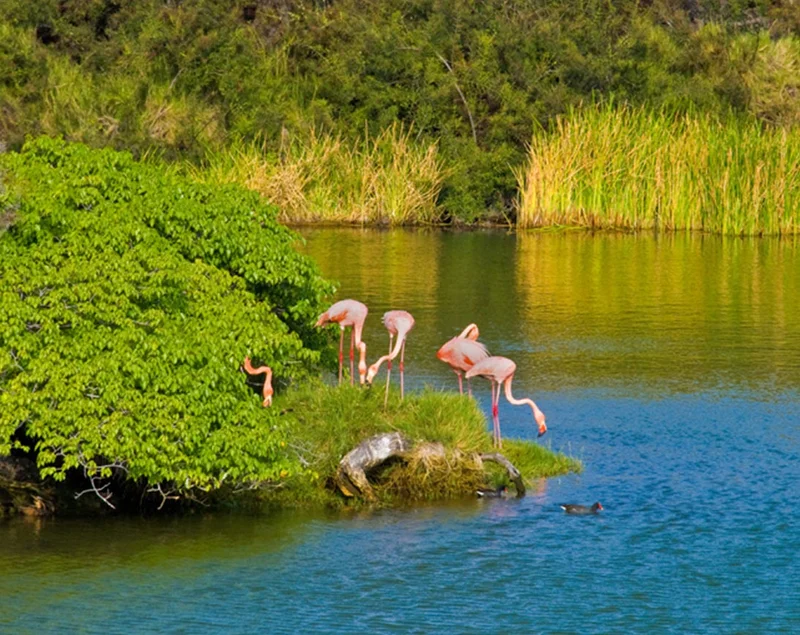
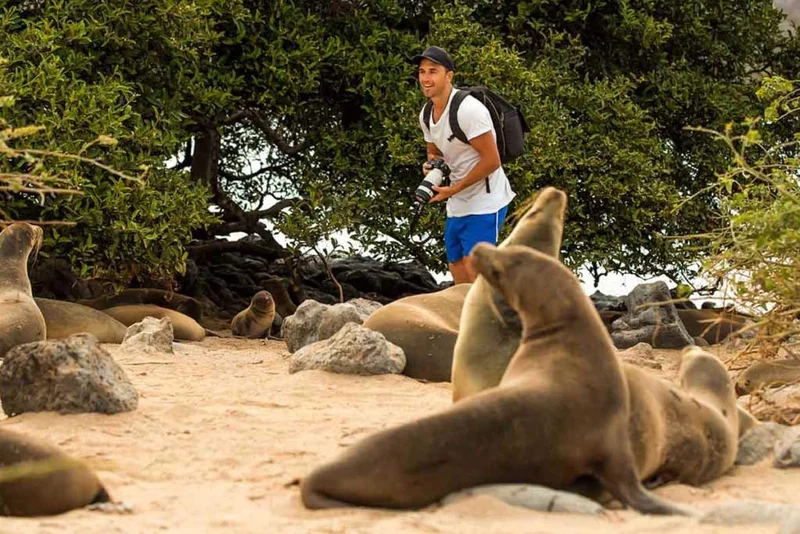
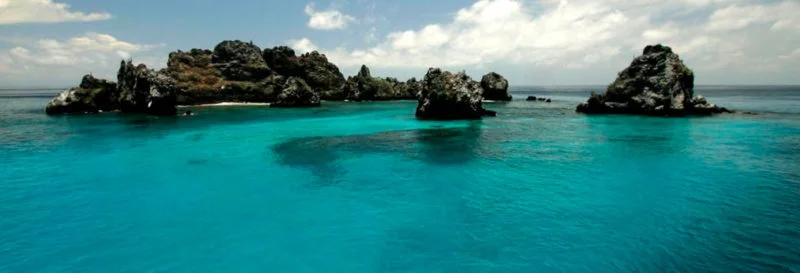
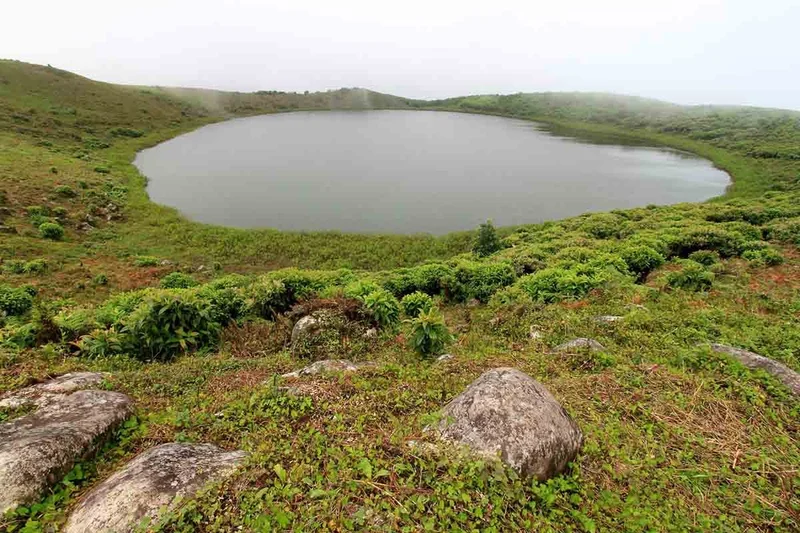
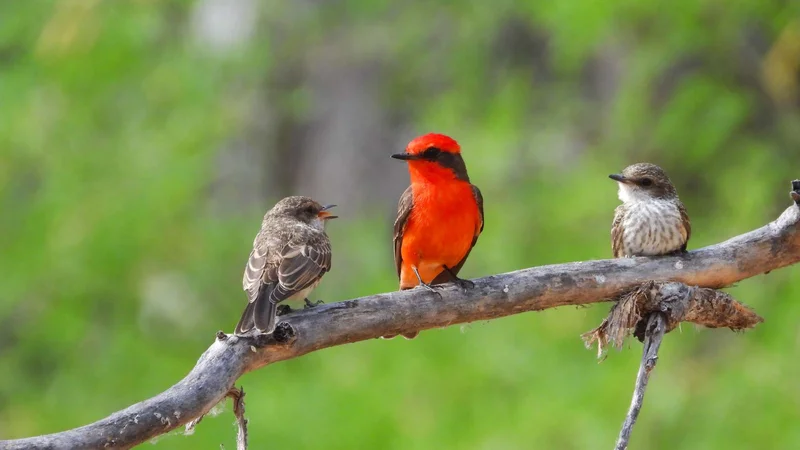

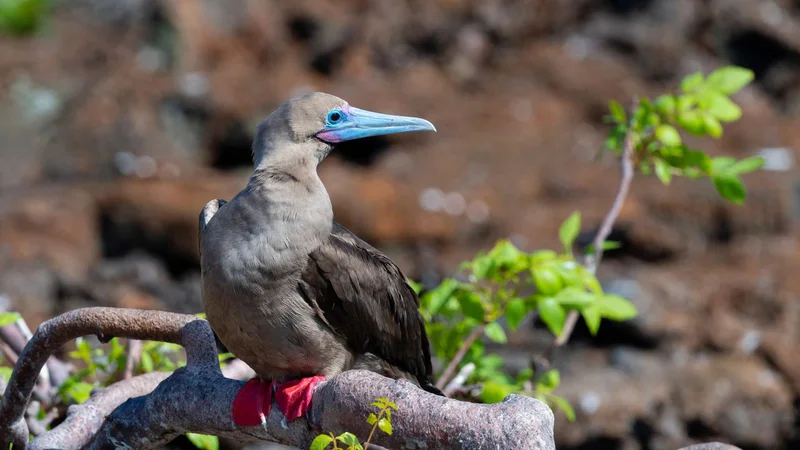
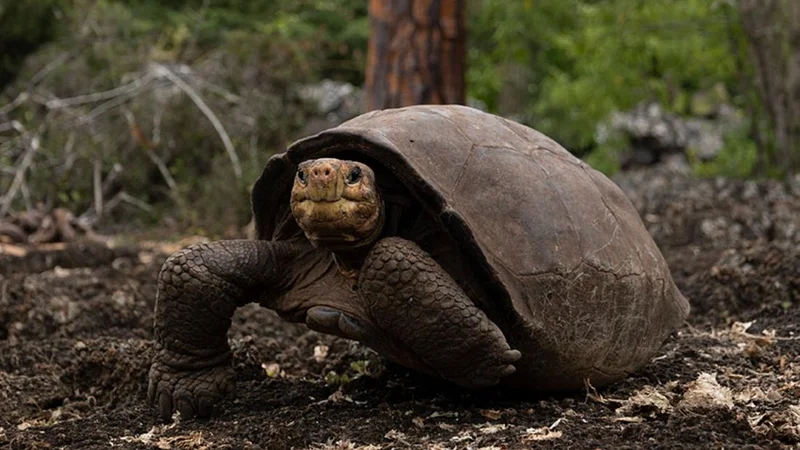
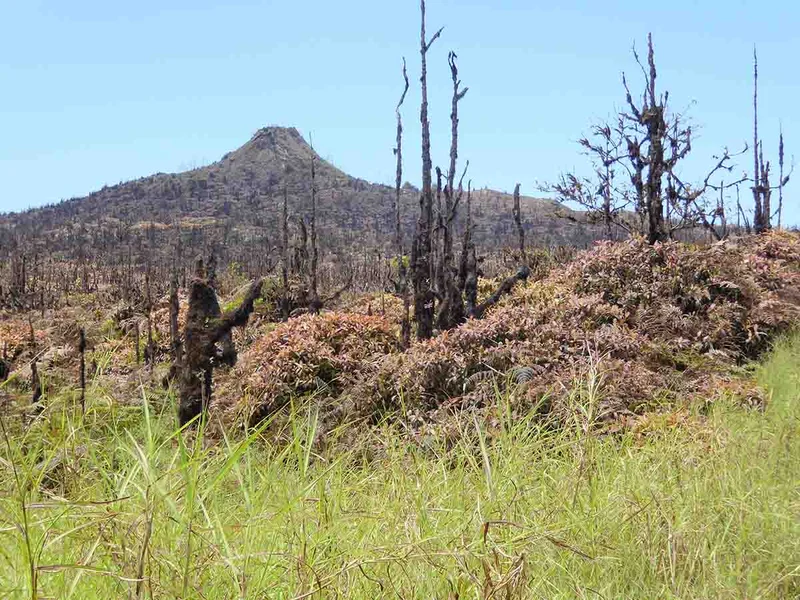
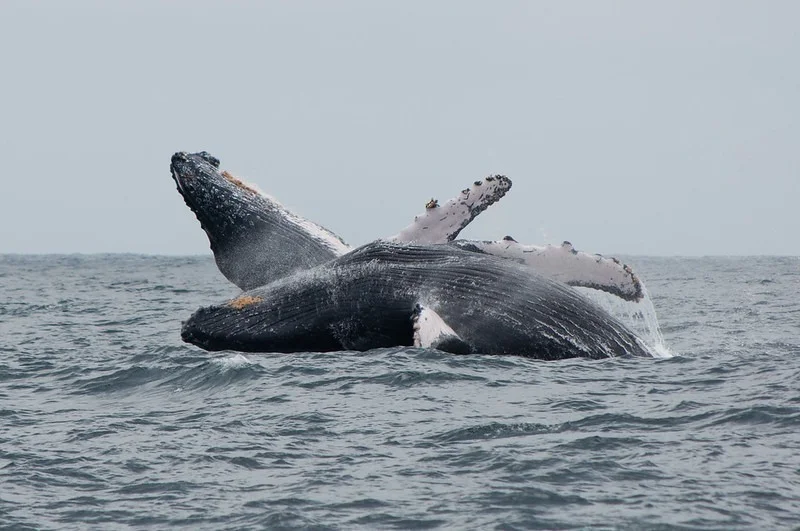
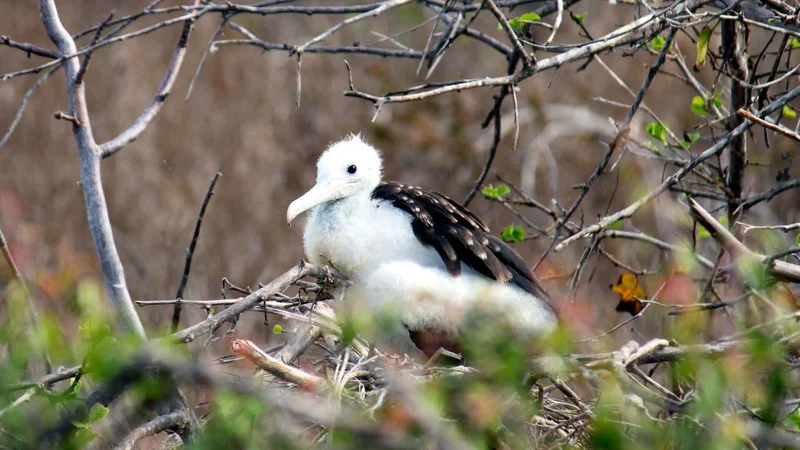
5 Day Galapagos Itinerary Includes
- All programed visits as per itinerary with specialized naturalist bilingual guide
- Accommodation in twin/double cabin with private facilities
- All meals on board, drinking purified water, coffee and tea
- Snorkeling equipment (fins, mask & snorkel) wet-suits & sea-kayaks
- Transfers within the islands on cruise dates as per itinerary
- Personalized 24/7 assistance during tour.
5 Day Galapagos Itinerary Does not Include
- Airfare to/from Galapagos from/to Mainland Ecuador (to be added)
- Galapagos National Park Entrance Fee US$200 per person (in cash only upon arrival)
- Galapagos Migration Card US$20 in cash per person (at Mainland’s Airport)
- Alcoholic/soft drinks, personal expenses, extras, and tips
- Travel, medical & cancelation insurance and any services on mainland
- International Flights to Ecuador
- Other services not specified in the program
5 Day Galapagos Itinerary Highlights
- Underwater exploration at Gardner Bay in Española
- Excellent excursions and activities accompanied by two professional Naturalist Guides
- Send a postcard to your loved ones back home from Post Office Bay at Floreana
- Visit to top-sites at Española in one day: the Blowhole and the Waved Albatrosses colony
- Beautiful Flamingos and “the Green Beach” at Cormorant Point
Itinerary Map
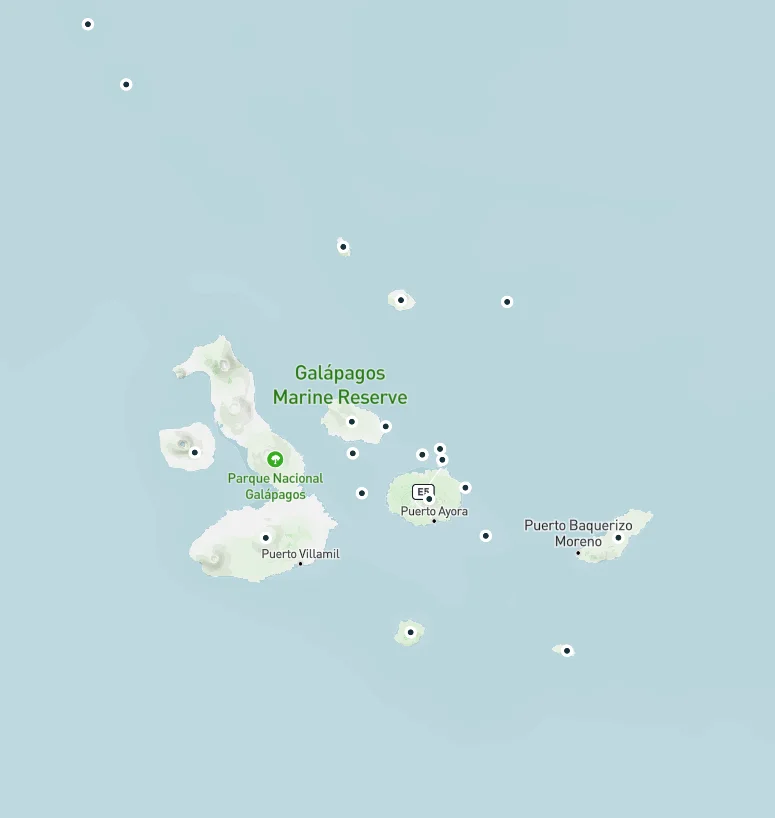
Dates & Promotions
Dates |
|---|
No data |
Reviews
Animals you might see on this itinerary:
More information about the Galapagos Islands you visit in this 5 day itinerary:
5 Day Galapagos cruise: Explore the Galapagos Islands with Us - Infinity Yacht
Book Your 5 Days Galapagos Cruise Today!
Are you ready to embark on an extraordinary adventure through the captivating Galapagos Islands?
Don't miss your chance to experience the Infinity Galapagos cruise's five-day itinerary, carefully designed to immerse you in the natural wonders and wildlife of this remarkable archipelago.
Book your cruise today and let the enchanting beauty of the Galapagos Islands leave you breathless. Explore, discover, and create memories that will last a lifetime.
Why Choose the 5 Day Galapagos Cruise?
Expert Guides and Crew: Our experienced guides and crew members are passionate about the Galapagos Islands and are dedicated to providing you with a safe and informative journey.
Unforgettable Wildlife Encounters: With the Infinity Galapagos Cruise's five-day itinerary, you'll have the opportunity to witness unique wildlife up close, from giant tortoises and land iguanas to flamingos and waved albatrosses.
Diverse Landscapes: Explore the varied landscapes of the Galapagos Islands, from volcanic terrains and pristine beaches to lush lagoons and captivating cliffs. Each island has its own distinct beauty waiting to be discovered.
Conservation and Sustainability: By choosing the 5 day Galapagos Cruise, you contribute to the ongoing conservation efforts in the Galapagos Islands. We prioritize responsible tourism and strive to protect the delicate ecosystem and wildlife.
Comfort and Luxury: Relax and unwind in the comfortable cabins and common areas of our cruise ship. Enjoy exceptional service, delicious cuisine, and stunning ocean views throughout your journey.
Don't miss out on the opportunity to experience the Galapagos Islands in all their glory. Book your 5 day Galapagos cruise and prepare for an adventure of a lifetime. The awe-inspiring landscapes, remarkable wildlife encounters, and captivating experiences await you in this natural paradise. Start your journey today and create memories that will last a lifetime.
Why travel with us?
Similar Itineraries
